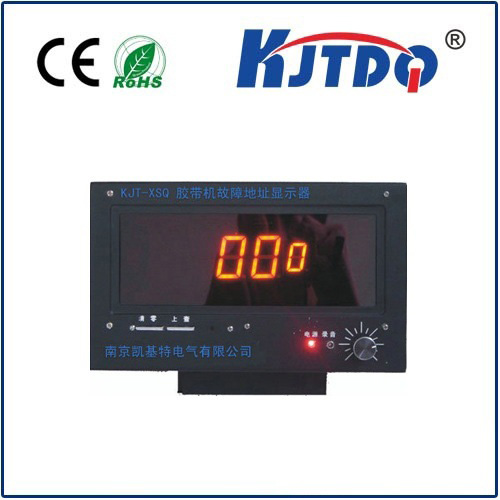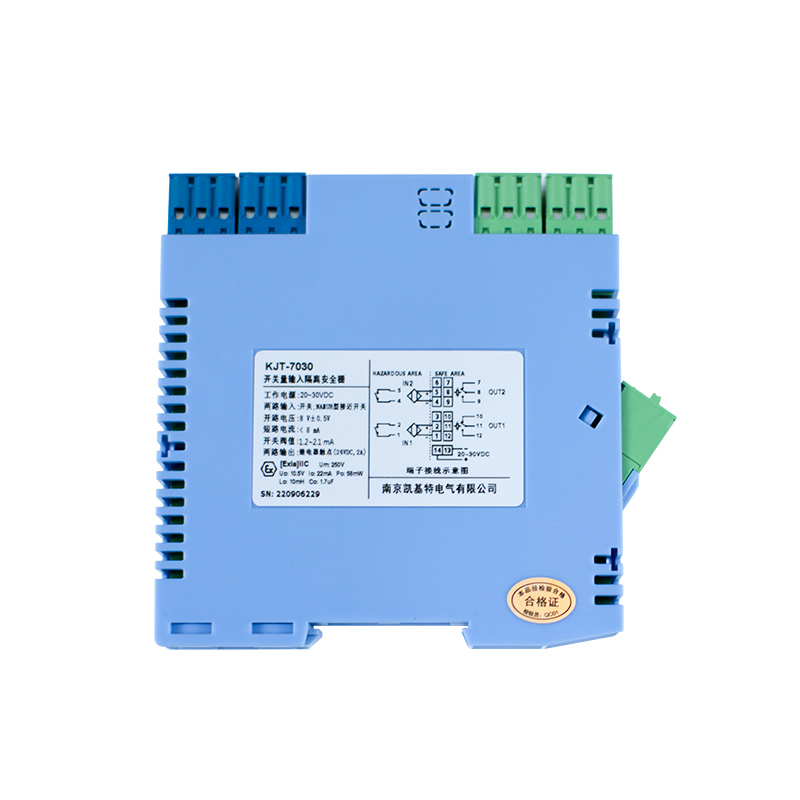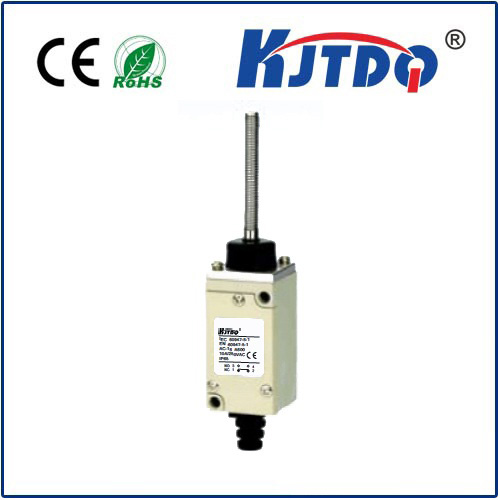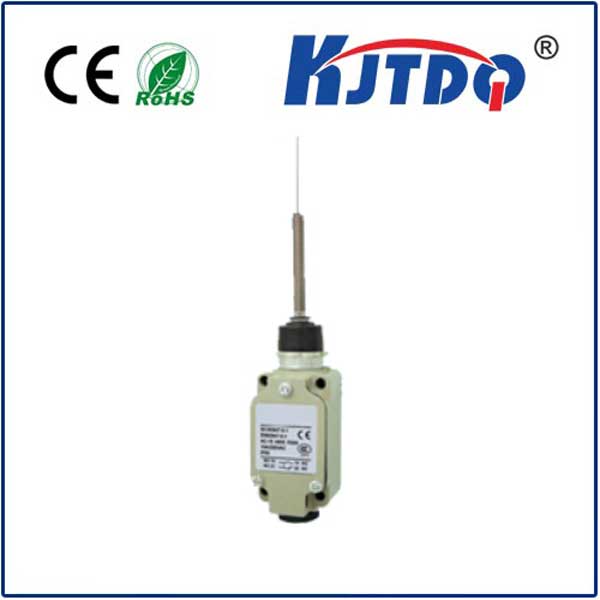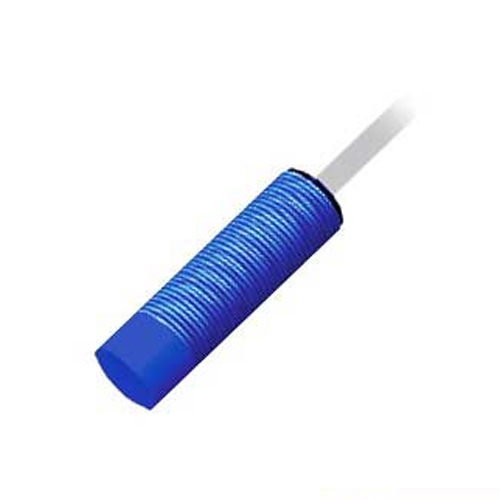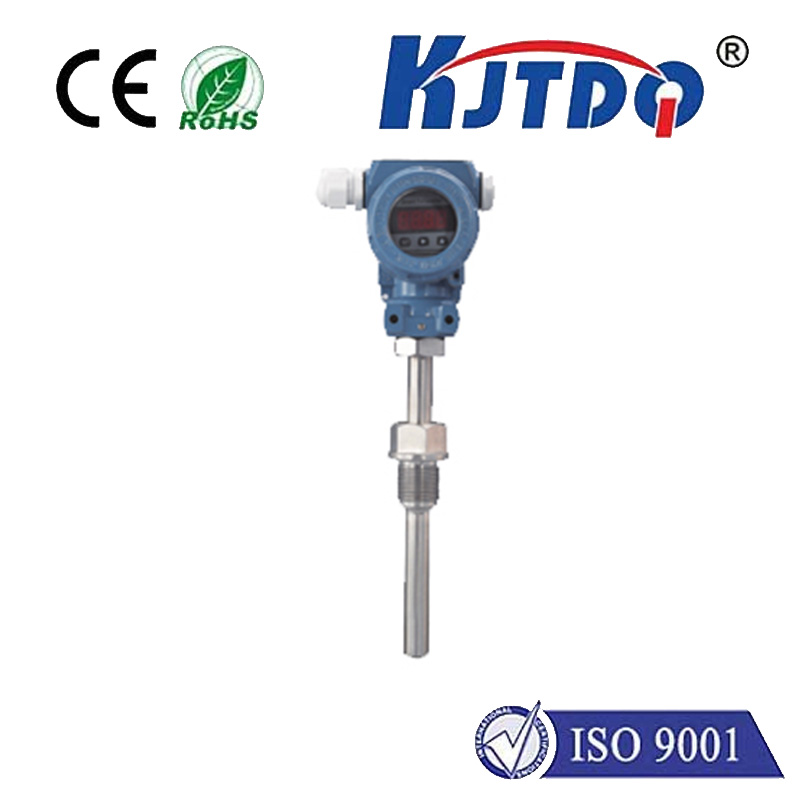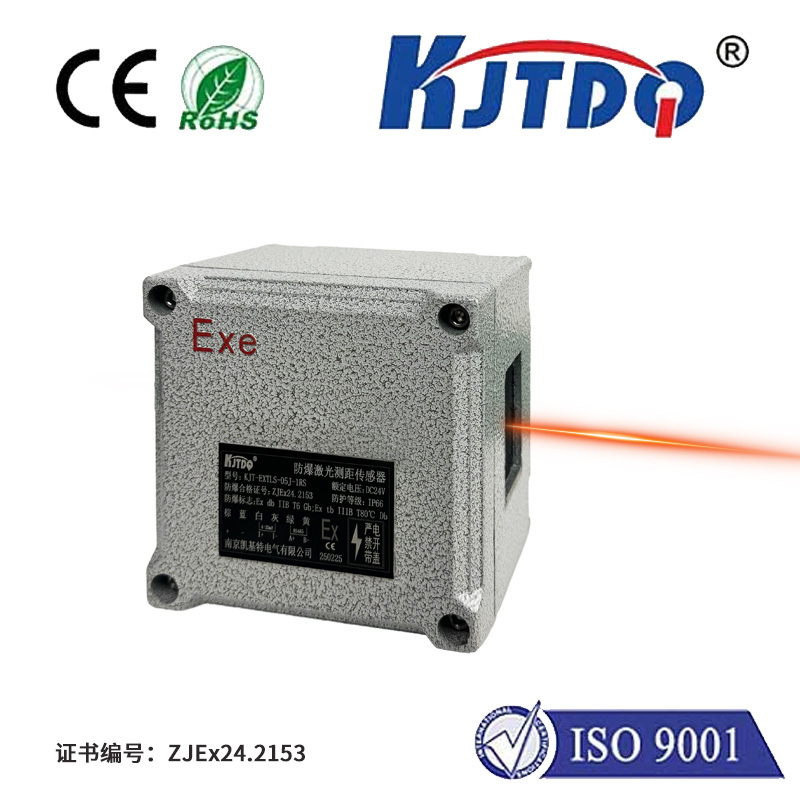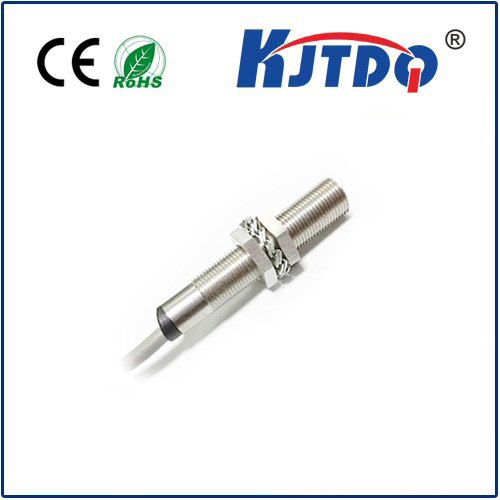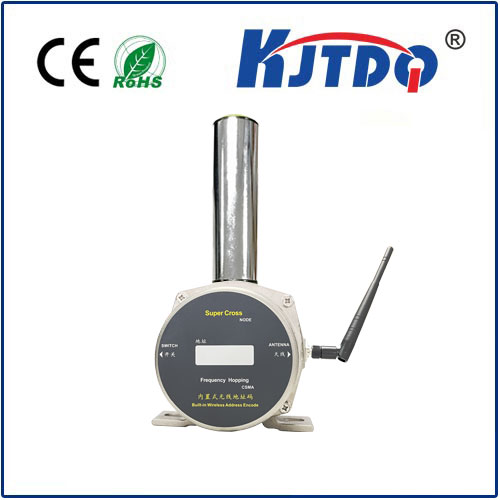optical difuse sensor
- time:2025-09-14 01:24:43
- Нажмите:0
Optical Diffuse Sensors: The Versatile Eyes of Modern Automation
Think about the last time your smartphone screen automatically adjusted its brightness, sensed your face during a call to turn off the display, or how your office printer knows when paper is present. Behind these everyday conveniences, and countless critical industrial processes, often lies a fundamental technology: the оптический диффузионный датчик. Operating unseen but with remarkable reliability, these sensors provide the essential object detection capability that keeps machines running smoothly and systems responsive. Understanding their function, types, and vast applications reveals why they are indispensable industrial automation components.
Unpacking the Core Principle: The Diffused Light Method
Unlike their through-beam cousins requiring separate sender and receiver units aligned precisely, or retro-reflective types relying on a reflective target, optical diffuse sensors house both the light emitter (typically an LED – visible red, infrared, or laser) and the light receiver (a photodiode or phototransistor) within one compact housing. This ingenious design works on the principle of diffused reflection.

Here’s how it functions:
- Emission: The sensor emits a beam of light from its integrated emitter.
- Interaction: When this light beam strikes an object within its detection range, the light scatters or diffuses in many directions. The object’s surface properties (color, material, texture) significantly influence how much light is scattered back towards the sensor.
- Reception: The integrated receiver lens collects a portion of this diffusely reflected light.
- Evaluation: The sensor’s internal circuitry evaluates the strength of the returned light signal received by the photodetector. This intensity level is compared against a pre-set switching threshold.
- Output: If the reflected light intensity exceeds the threshold (indicating an object is present), the sensor triggers a digital output signal (e.g., switches ON or OFF, depending on configuration).
This self-contained operation makes optical diffuse sensors incredibly easy to install and deploy, eliminating the need for precise alignment across distances or mounting a reflector – a major advantage in tight spaces or complex machinery layouts. Their compact size further enhances versatility.
Key Technologies: Contrast vs. Background Suppression
Not all optical diffuse sensors are created equal. Two primary technologies dominate, each suited for specific challenges:
- Contrast Mode (Energy Method):
- This is the standard or traditional diffuse sensing mode.
- It operates solely on the principle described above: detecting the overall intensity of light reflected back from the object.
- Преимущества: Generally simpler and more cost-effective.
- Limitations: Highly susceptible to variations in the object’s color, surface reflectivity, and the reflectance properties of the background or environment behind the target object. A highly reflective background can cause false triggering (sensor thinks an object is present when it’s not), while a very dark object against a dark background might not reflect enough light to trigger detection (missed detection). Performance on transparent or glossy objects is often poor.
- Background Suppression (BGS - Distance Method): This technology represents a significant advancement, overcoming many limitations of basic contrast sensing.
- BGS sensors incorporate sophisticated optics and triangulation principles.
- The emitted light beam strikes the object, but the receiver is designed to be sensitive only to light reflected from objects within a specific, pre-defined detection distance range.
- Light reflected from objects beyond this set distance range is projected onto a different spot on the receiver element and is effectively ignored.
- How it Achieves Suppression: The sensor mathematically evaluates the position where the reflected light hits the receiving element, not just its raw intensity. Light returning from the desired distance band impacts the receiver in an “active” zone, triggering the output. Light returning from beyond the set point impacts an “ignored” zone.
- Key Advantages:
- Excellent Background Immunity: Objects behind the target, even highly reflective ones, generally do not influence the detection decision because their reflection falls outside the active distance band. This is crucial for detecting objects on conveyors against potentially shiny backgrounds or inside bins.
- Reduced Color Dependence: Detection becomes much more reliable for varying object colors because the system primarily focuses on distance, minimizing the effect of surface reflectivity differences compared to contrast sensors. This makes BGS sensors excellent for detecting black objects on black backgrounds – a notorious challenge for basic contrast sensors.
- Precise Positioning: The ability to define a specific sensing range allows for more precise object positioning or height detection tasks.
- Considerations: BGS sensors are typically more complex and therefore more expensive than basic contrast sensors. Setup might require slightly more attention to focusing the beam for optimal background suppression.
Where Optical Diffuse Sensors Shine: Ubiquitous Applications
The blend of simplicity, robustness, and effectiveness makes optical diffuse sensors incredibly widespread. Here are just a few examples:
- Object Presence/Absence: Verifying parts are in place on assembly lines, checking for bottles on fillers, detecting packages on conveyors. This is their most fundamental and common role.
- Counting: Counting products, pills, items on high-speed lines – vital for inventory and batching.
- Position Verification: Ensuring components are correctly positioned before the next manufacturing step.
- Fill Level Detection: Monitoring the level of bulk materials in bins or boxes (often using BGS to see material against the bin wall).
- End-of-Travel Detection: Sensing when a machine part (like a robotic arm) reaches its end position.
- Web/Break Detection: Monitoring material webs (paper, plastic film, fabric) for breaks or sagging.
- Stack Height Control: Ensuring stacks of items (like boxes or sheets) do not exceed a certain height.
Choosing the Right Sensor: Key Selection Criteria
Selecting the optimal optical diffuse sensor requires careful consideration of the application:
- Detection Range: What is the required operating distance? Datasheets specify nominal and guaranteed sensing ranges.
- Object Properties: Material (opaque, transparent, translucent?), Color (light, dark, varying?), Surface (matte, glossy?). This dictates the need for contrast or background suppression technology.
- Background Conditions: Is there a potentially problematic background? If so, background suppression is almost always necessary.
- Target Size & Shape: Can the sensor reliably detect the smallest relevant part? Small targets require focused beams (often laser-based diffuse sensors).
- Environmental Factors: Exposure to dust, moisture, oil, chemicals, or temperature extremes? Look for corresponding IP ratings (Ingress Protection - e.g., IP67) and robust housing materials. Vibration resistance is also critical in industrial settings.
- Electrical Requirements: Required supply voltage? Output type needed (PNP/NPN,

